How Difficult is Wing Foiling? Navigating the Learning Curve
The level of difficulty largely depends on one's previous experience with water sports, the learning environment, and the quality of instruction received.
It's advisable for beginners to take some lessons, especially in wing handling, to navigate the initial learning curve smoothly.
With consistent practice and a supportive community, mastering wing foiling becomes an achievable goal.
Wing foiling, a blend of windsurfing and foiling, brings a new thrill to water sports enthusiasts. As you stand on a foil windsurf board with a wing in your hand, the water becomes a realm of endless possibilities.
However, the journey from a novice to a proficient wing foiler can present a series of challenges.
This article explores the various factors that contribute to the difficulty of wing foiling and offers insights into how one can smoothly transition through the learning phases.
Fundamentals of Wing Foiling
Wing foiling encompasses two primary components: a foil windsurf board and a handheld wing.
The foil allows the board to elevate above the water, reducing drag and facilitating a smooth glide, while the wing harnesses the wind to propel you across the water.
Mastering the coordination between these elements is fundamental to overcoming the initial difficulty in wing foiling.
Prior Experience in Water Sports
-
Windsurfing and Kiteboarding Background: Individuals with a background in windsurfing or kiteboarding may find the transition to wing foiling less daunting. The skills acquired in these sports, such as balance, wind reading, and board control, are transferable and can significantly flatten the learning curve.
-
Foil Experience: Having experience with a foil, regardless of the sport, can also be beneficial. Understanding how the foil behaves in water can reduce the time it takes to feel comfortable on a foil windsurf board.
The Learning Environment
-
Weather Conditions: Steady wind and calm water can considerably ease the learning process. Extreme wind conditions or choppy waters can escalate the difficulty level, making it harder for beginners to maintain balance and control.
-
Location: A location with a sandy beach and a gradual slope into the water provides a safe and conducive environment for learning. It allows for easy entry into and exit from the water, which is crucial for beginners.
Equipment
-
Board Size: Starting with a larger, more buoyant board can provide better stability, making it easier to balance and stand up. As you progress, transitioning to a smaller board can offer more agility and a closer connection to the foil.
-
Wing Size: The size of the wing should correlate with the wind conditions and your body weight. A larger wing can be advantageous in lighter winds, while a smaller wing might be more manageable in stronger winds.
-
Quality of Gear: Well-designed and well-maintained gear can significantly impact your learning experience. A good quality foil windsurf board and wing can provide better performance and reduce the difficulty in mastering wing foiling.
Instruction and Practice
-
Professional Instruction: Engaging in professional instruction can expedite the learning process. Professionals can provide valuable insights, correct your mistakes, and offer encouragement through the challenging phases.
-
Consistent Practice: Like any sport, consistency is key. Regular practice will build muscle memory, improve balance, and increase your comfort level on the wing and board.
Community Support
Being part of a wing foiling community can provide a platform for shared experiences, learning, and motivation.
Engaging with others who share the same passion can provide additional insights and encouragement, making the journey less challenging.
Conclusion
Wing foiling can be easier to pick up compared to windsurfing or kitesurfing, particularly with the right guidance and equipment.
The level of difficulty largely depends on one's previous experience with water sports, the learning environment, and the quality of instruction received.
It's advisable for beginners to take some lessons, especially in wing handling, to navigate the initial learning curve smoothly.
With consistent practice and a supportive community, mastering wing foiling becomes an achievable goal.
Wing foiling opens up a new horizon of adventure on the water. Each hurdle overcome in the learning process brings with it a rewarding sense of achievement and the promise of many exhilarating rides over the waves.
As you harness the wind on your foil windsurf board, the difficulties faced initially morph into milestones of your wing foiling journey, propelling you into a realm of endless waterborne adventures.
Embarking on the journey of wing foiling may present challenges, but with the right mindset and resources, the waves are yours to conquer.







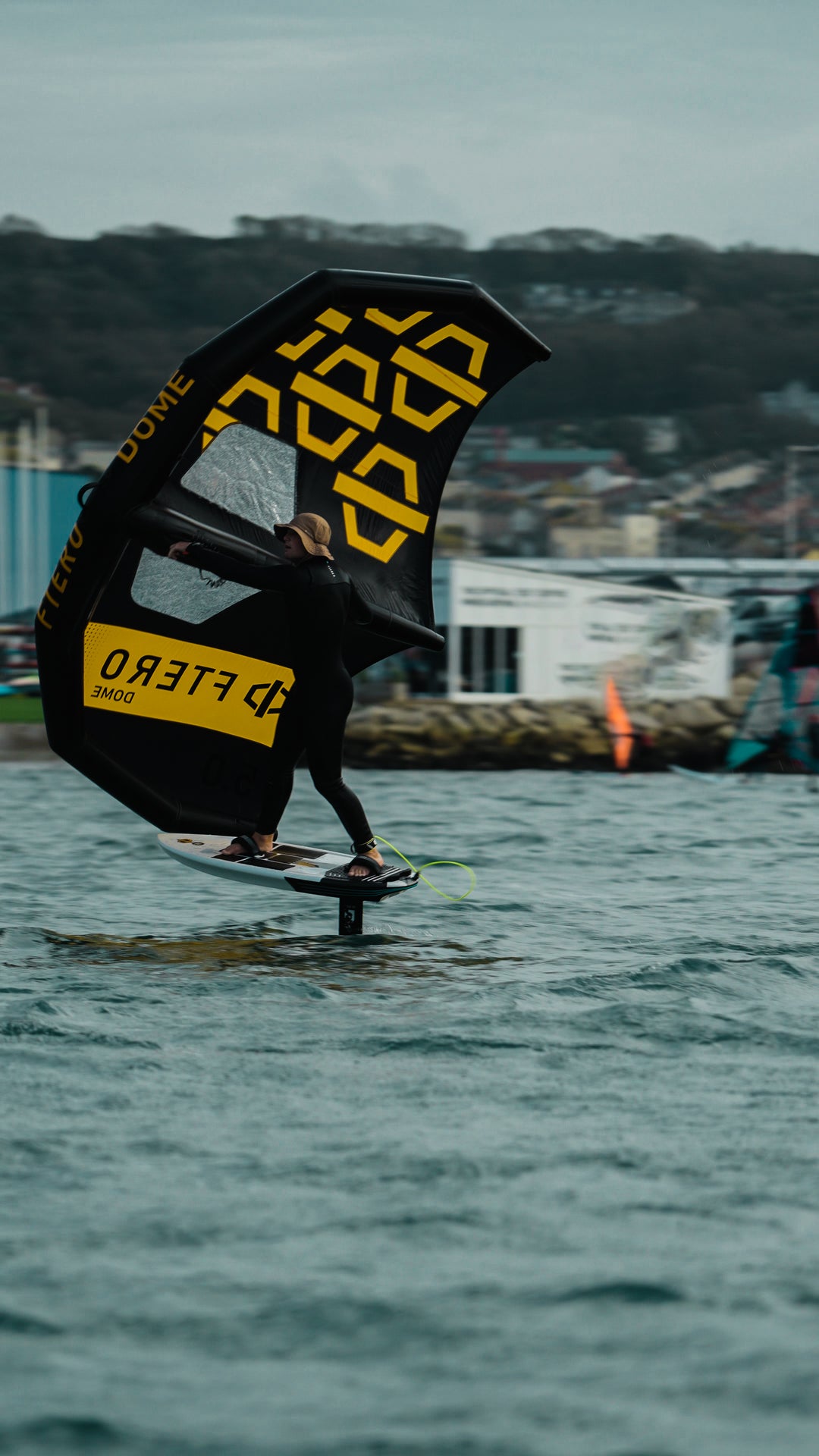
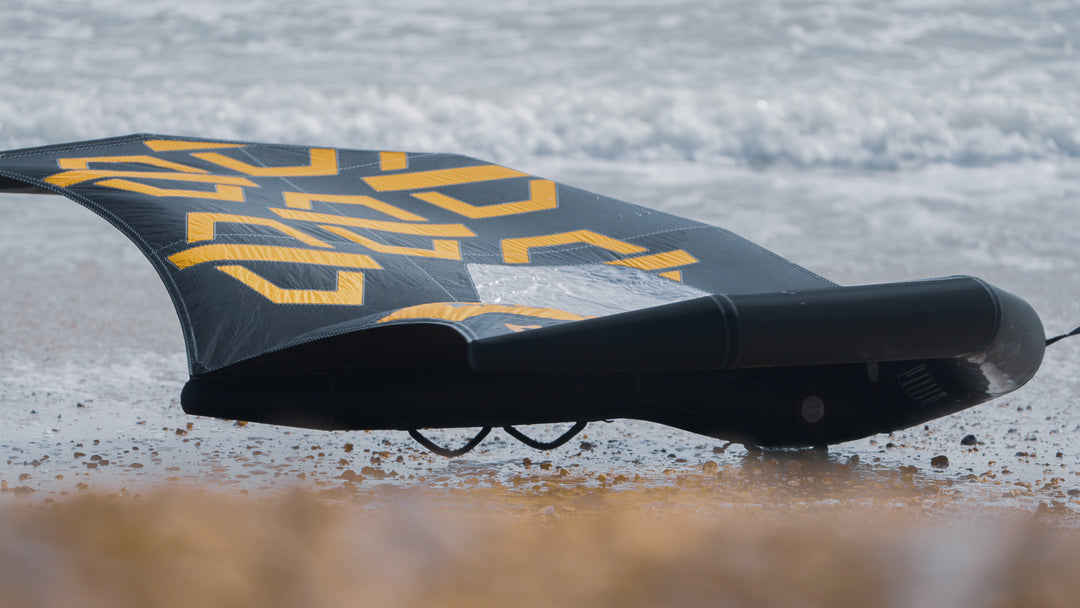
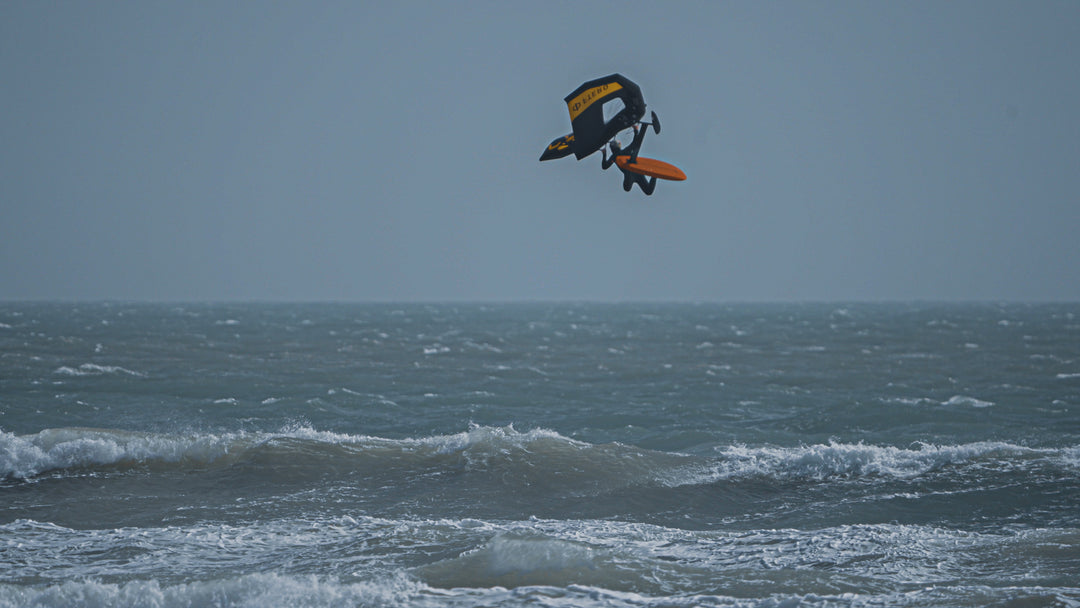
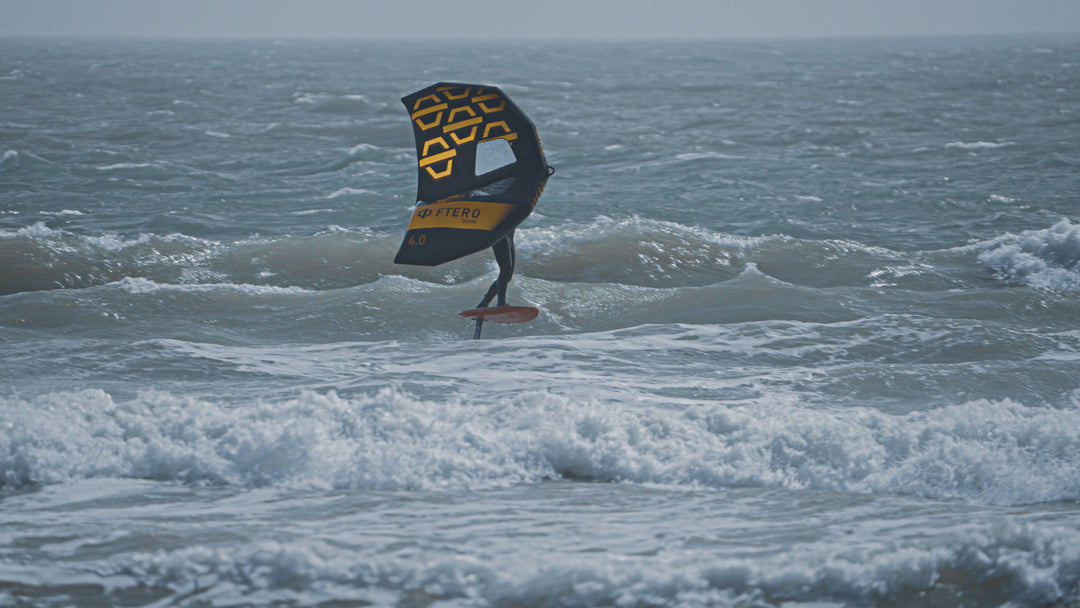

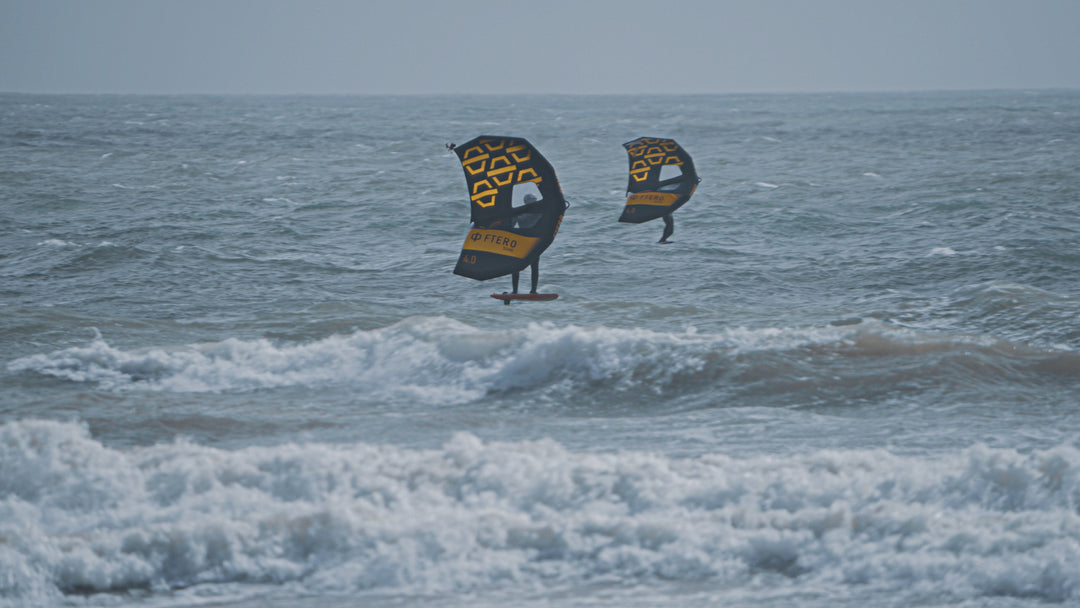

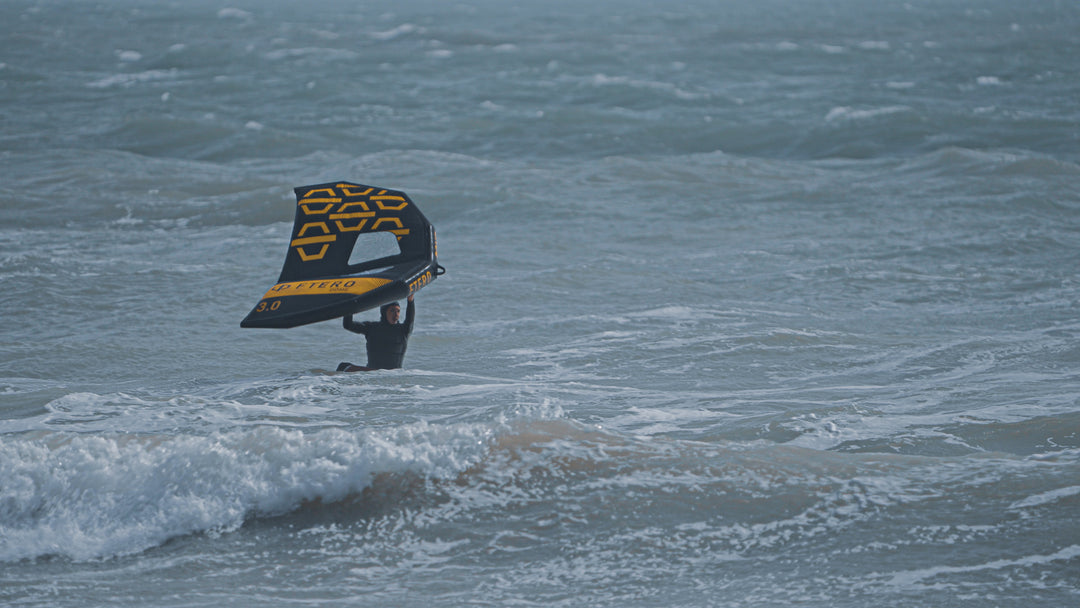
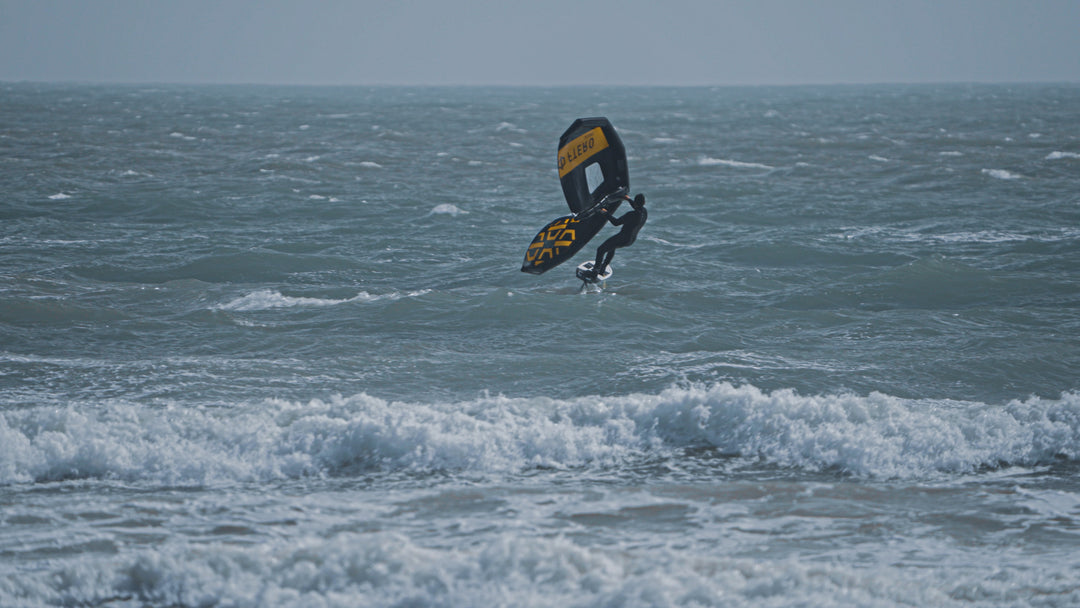
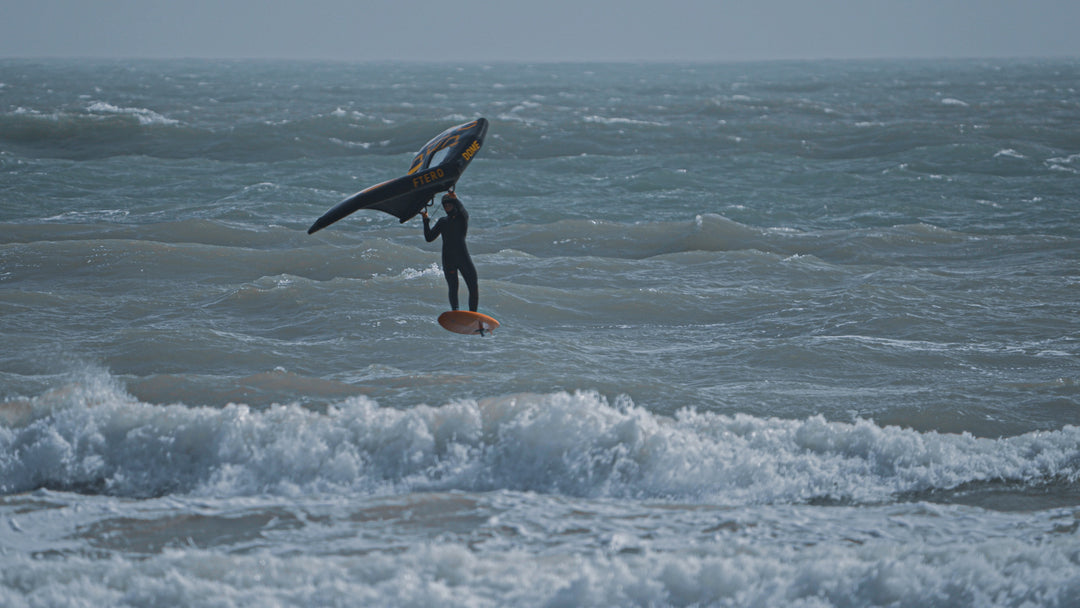
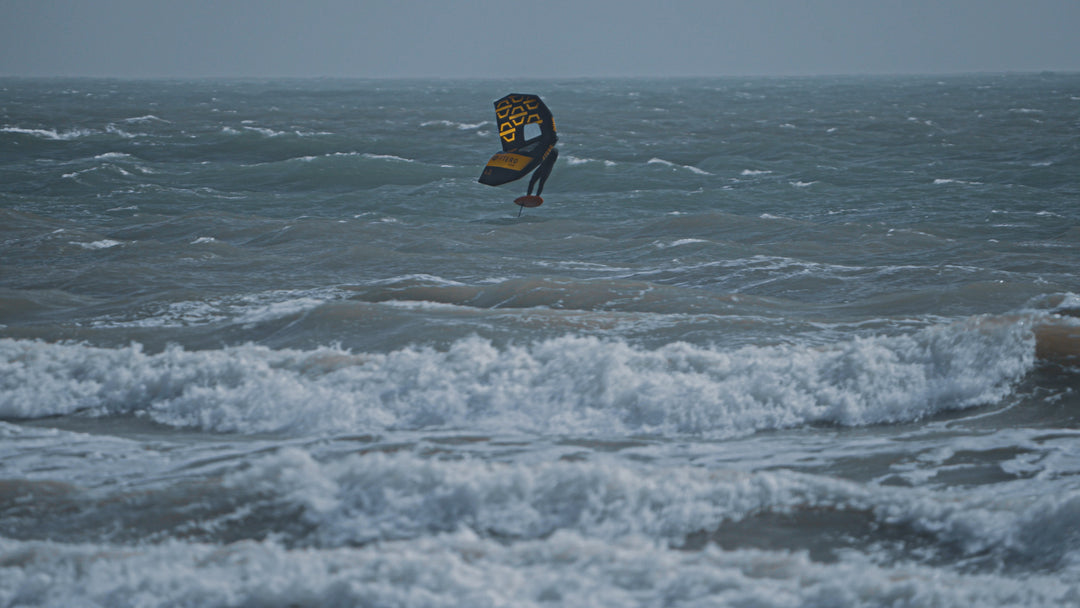

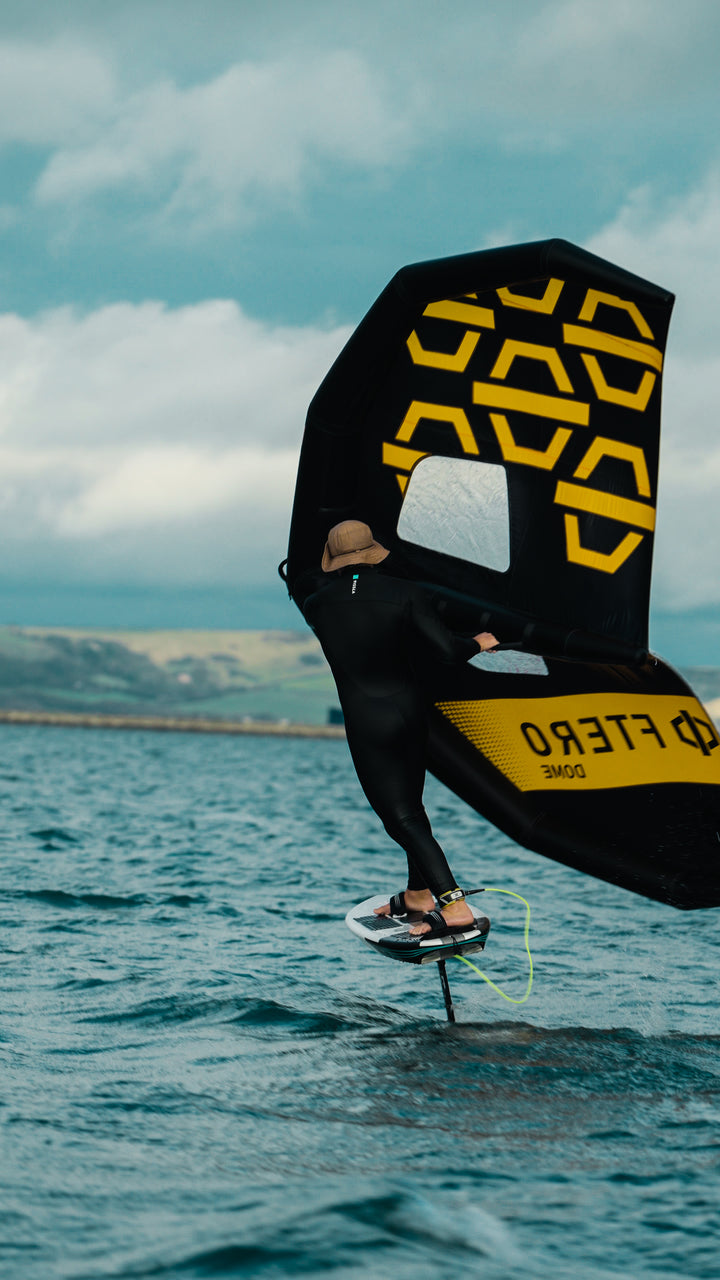
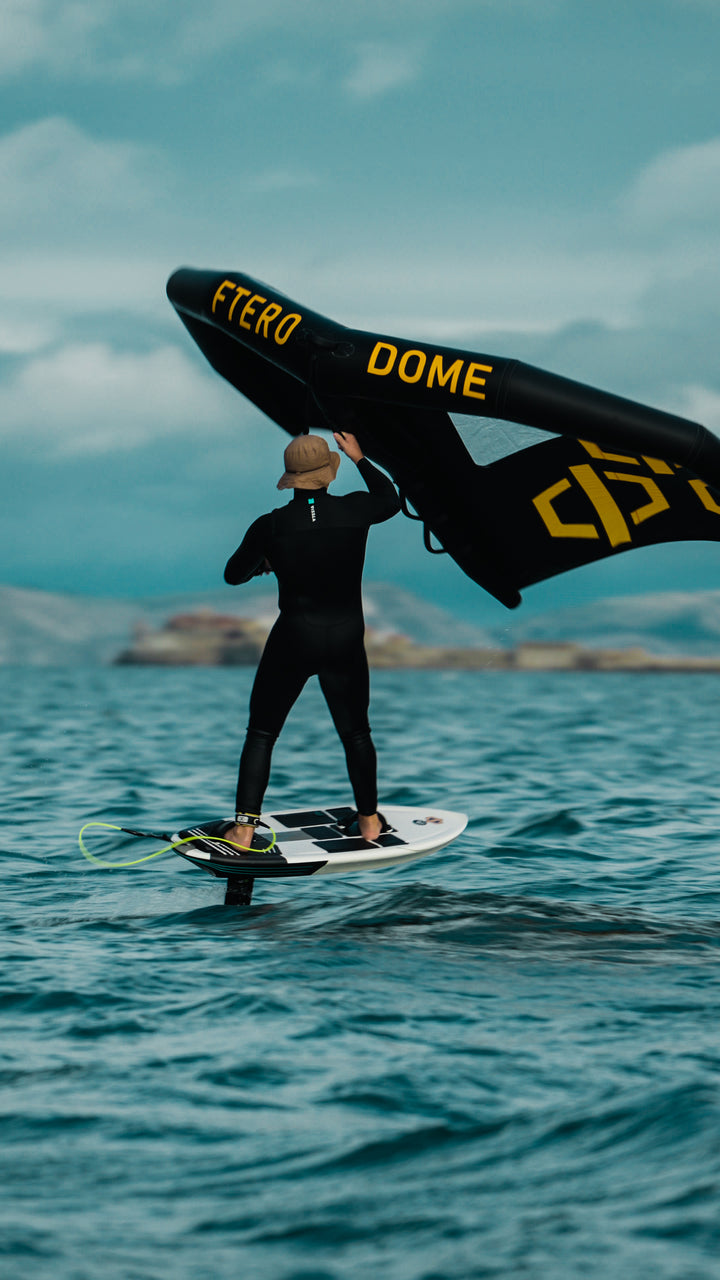
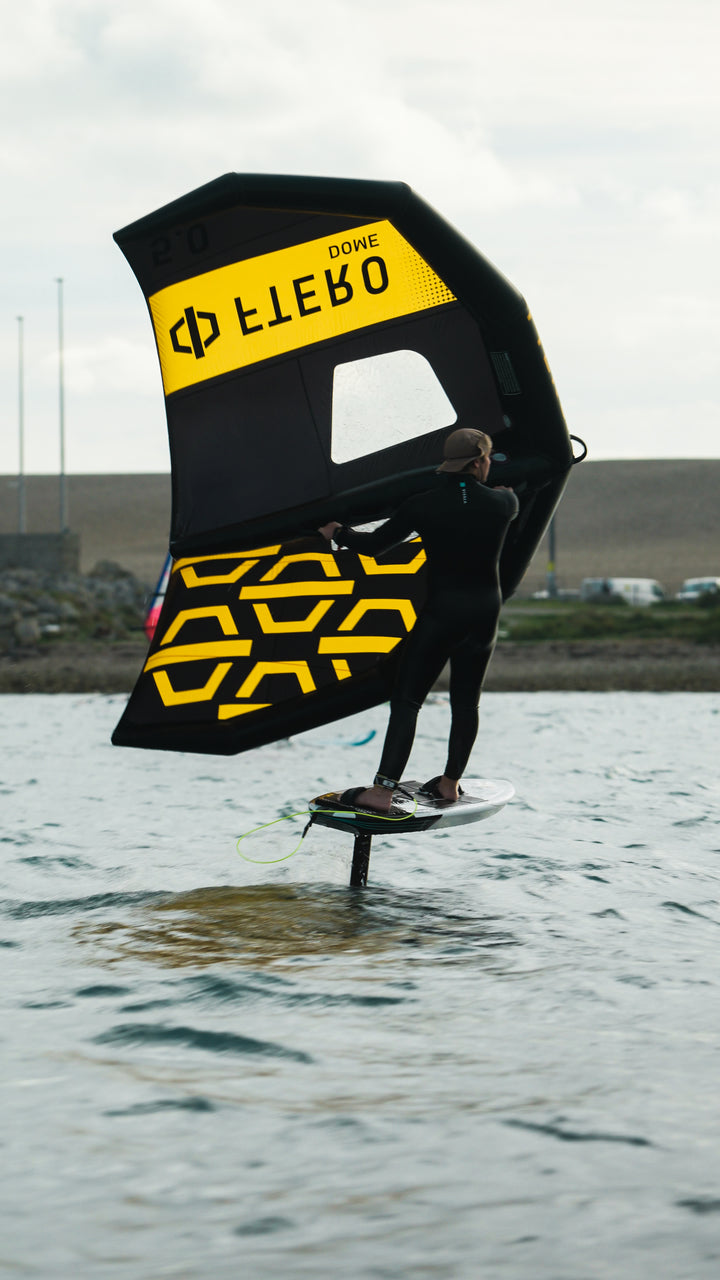
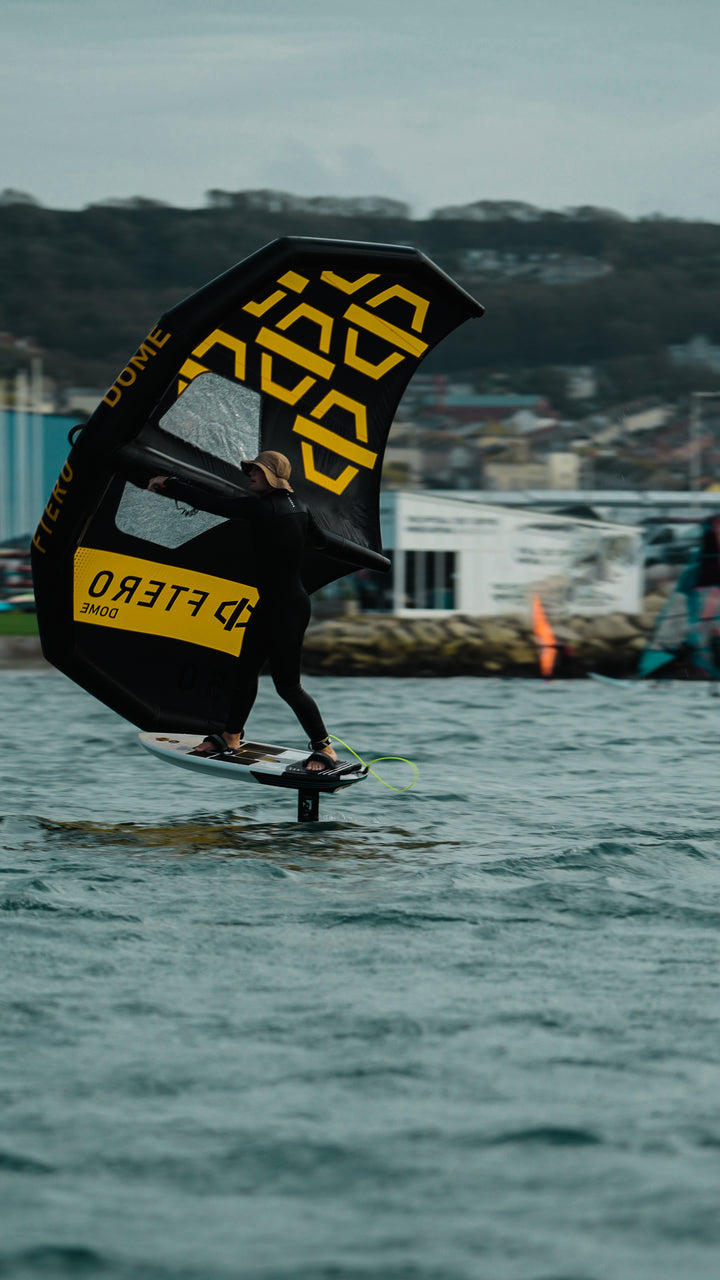

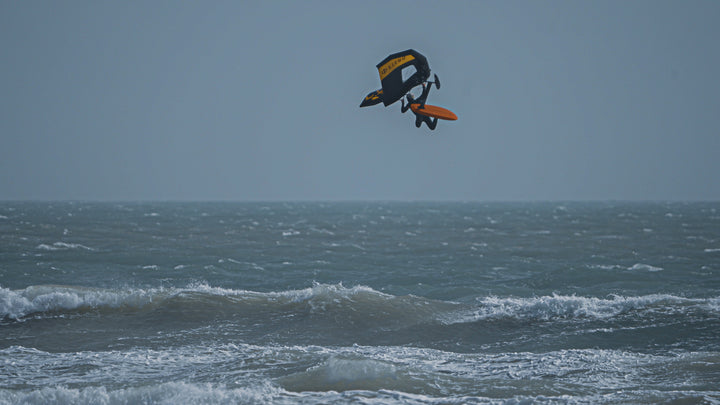
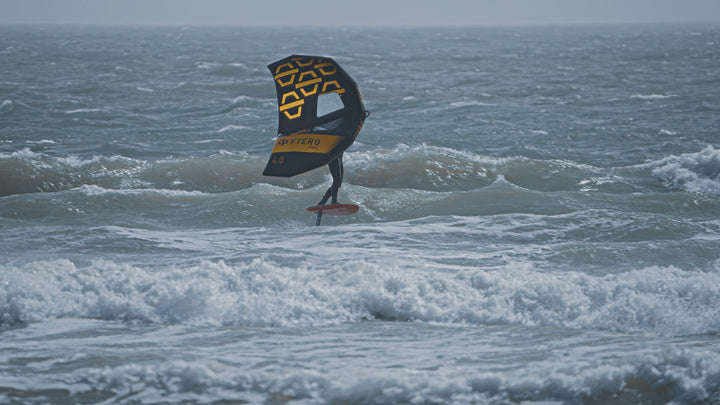
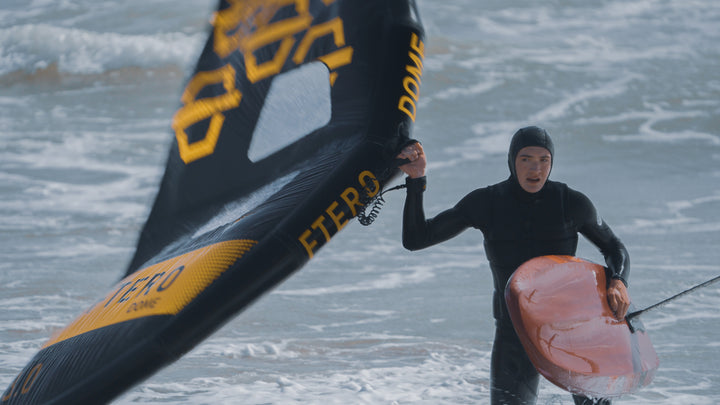
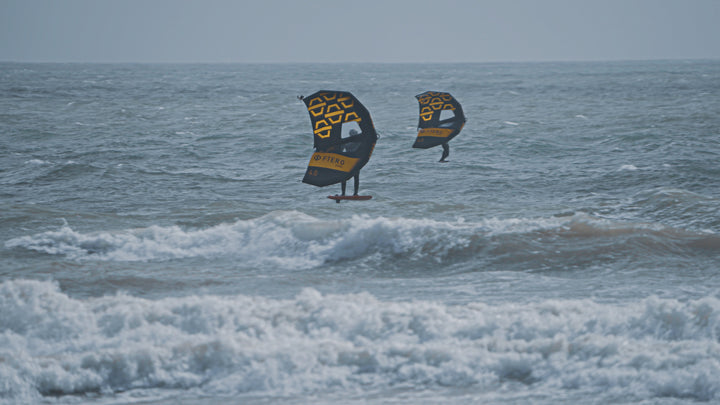

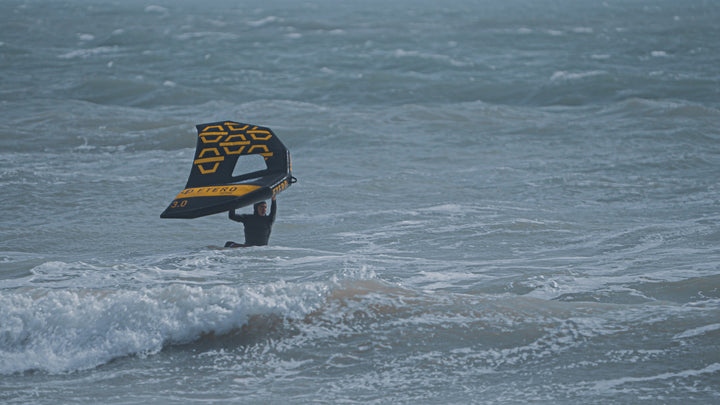
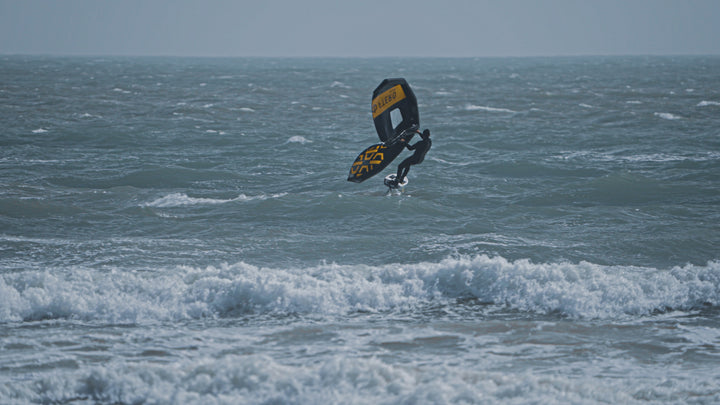
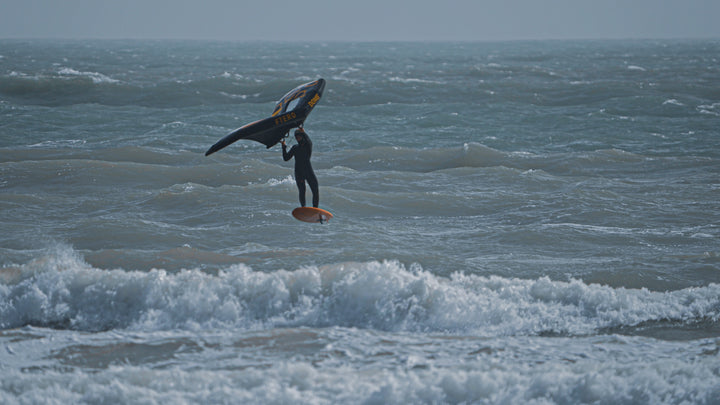



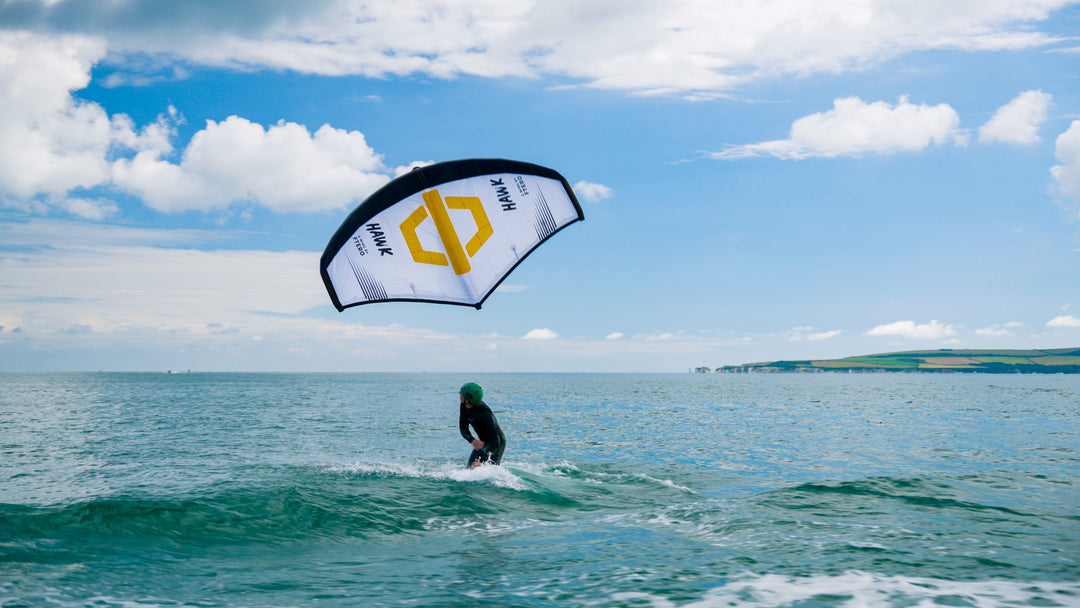
Leave a comment